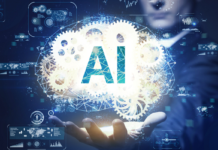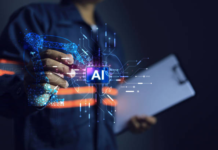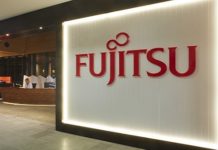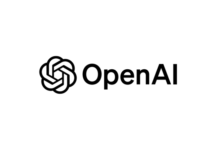
Artificial Intelligence is like a virtual octopus, whose tentacles are reaching far and wide. Its benefits – computer programs and systems that are capable of applying complex human reasoning to a scenario – are limitless. It is currently used in scores of industries and by people from all walks of life, both personally and professionally. Indeed, according to scientists, AI will continue to develop until, by 2029, it acquires human-like intelligence.
The functionality and popularity of AI are constantly trending up, without signs of slowing. Revenue from the global AI software market is supposed to reach $126 billion by 2025. Currently, no less than 37 percent of organizations have implemented AI in some way.
Where Is Artificial Intelligence Today?
When you’re trying to plan the European cruises that best match your interests, AI algorithms could be used to predict certain outcomes based on data the way they are used in corporate settings to handle large amounts of data. It could also employ natural language processing technology to complete a crossword puzzle.
There are diverse AI applications in the healthcare industry. Among other things, AI can help analyze chronic conditions with medical data to ensure early diagnosis. It is also used to process huge volumes of current and past data to help develop new drugs. It is also employed in the offices, automating administrative tasks, such as pre-authorizing insurance and maintaining records.
Artificial Intelligence is used in gaming, too. It provides gamers with responsive and adaptive playing experiences. They are usually generated by non-player characters (NPC), that act intelligently and creatively, as though they were controlled by a human. Designers often make NPCs look intelligent by using tricks like applying personalities and writing with descriptive language. Aside from the actual game-playing aspect, the gaming industry relies on AI marketing analysis tools to analyze how a theme or genre for games is performing in the market. This is a huge asset to a risk vs reward model.
How Do You Use AI?
Everybody benefits when AI is involved. If you have a new cell phone, you might be employing an AI technology that’s also used at the Department of Defense. Nobody needs to be reminded these days about how many potential threats exist online. Identity theft is right around the top of that list, which is why facial recognition exists.
This is a secondary form of protection that foils such nefarious activities as keylogger programs, which can take your password because they catch everything you type. Nobody can yet replicate another face that matches yours.
Consumers also use Artificial Intelligence every time they visit a seller’s website and engage with the customer support chatbox. This software simulates and processes human conversations. It greets you and then evaluates the question that you enter into the box. Chatboxes use many different algorithms with deep databases to interpret and answer your question.
Where Is AI Going To Be Tomorrow?
Given that AI is the main driver of emerging technologies, like Big Data, robotics and the Internet of Things (IoT), it is a safe bet that it will continue to act as a technological innovator and reshape the future of humanity across many industries.
AI is already used in homes, in forms like voice-controlled assistants. Tomorrow’s homes will be built with AI specifications in mind, designed to minimize energy consumption. It will use grid data, smart meter data, weather data and energy use information to study and improve building performance.
Artificial intelligence is going to continue to be applied to various, disparate industries across the globe because it is moving at a rate that is proportionate with its need. Its ability to process massive amounts of data quickly and efficiently, and to apply human logic to bear on a given situation, will make the world move faster. From medicine to foreign policy to banking and beyond, AI will continue to disrupt things at increasingly specific levels. Along the way, it will continue to use machine learning to develop its own intelligence.



















